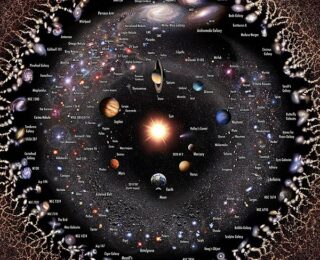
Mapping the Universe with galaxy motions from CosmicFlows-4
Today’s bite looks at using the motions of galaxies to tell us about structures in the local Universe.

Today’s bite looks at using the motions of galaxies to tell us about structures in the local Universe.
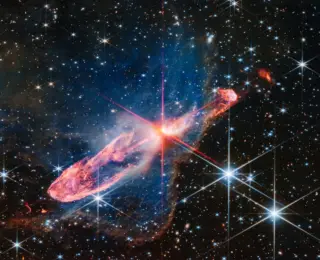
Astrobites offers coverage of the Physical Review Invited Session: “Looking Ahead as we Look Far through the JWST.” #APSApril
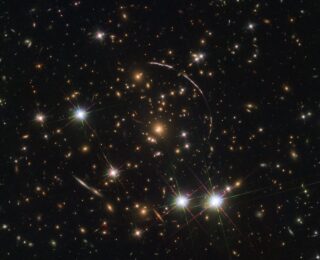
Find out how astronomers have used the brightest known (to date) gravitationally lensed galaxy to learn about the early Universe.
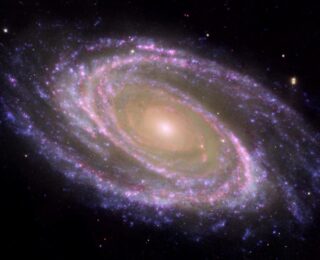
Over time, the universe evolved from a primordial soup of hydrogen and helium into the metal-rich environments of today. How exactly does the chemistry of galaxies evolve, and what processes drive this evolution?
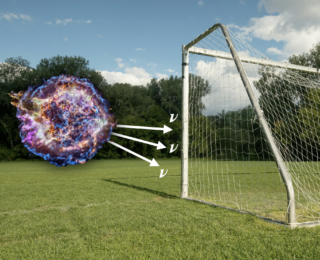
What do neutrinos and soccer games have in common? Check out today’s bite to see! Spoiler: starbursts lose the neutrino production game!
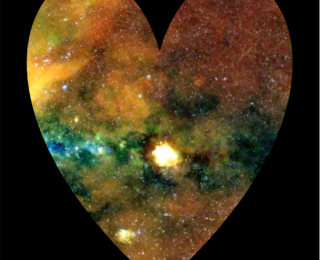
Today’s paper looks at the impact of AGN feedback on X-ray emission around an unprecedented sample of galaxy groups!